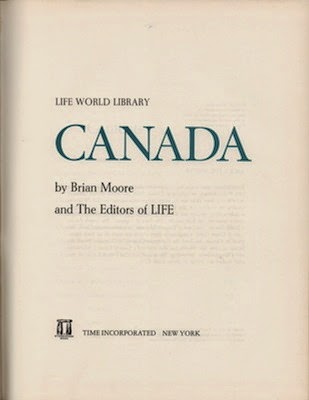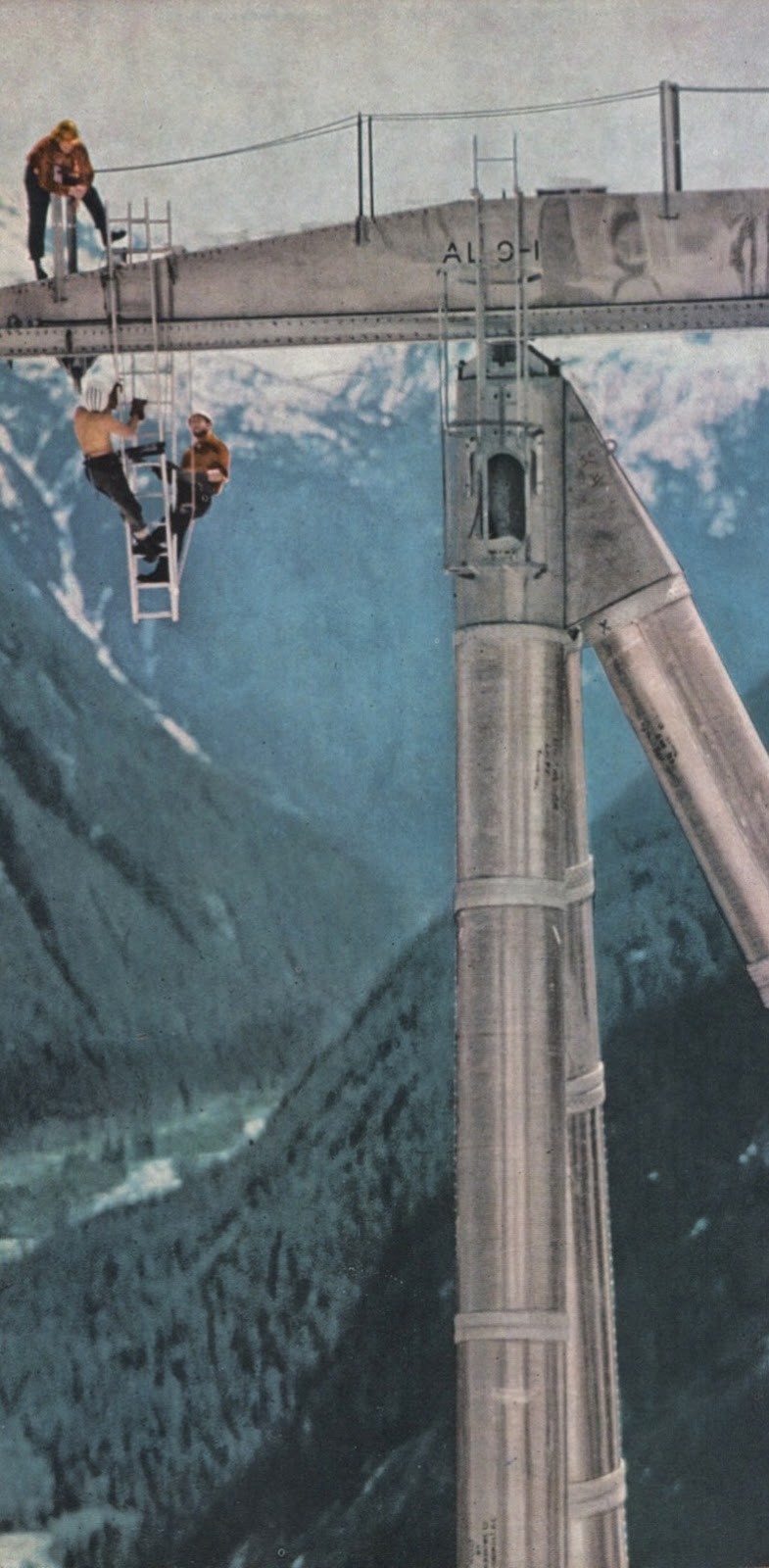 |
| Peregrine Acland, 1914 |
THE REVEILLE OF ROMANCE
(Written in early October, 1914, in mid-ocean, on board H.M. Troopship “Megantic,”
of the fleet bearing the first contingent of the
Canadian Expeditionary Force to England.)
Regret no more the age of arms,
Nor sigh “Romance is dead,”
Out of life’s dull and dreary maze
Romance has raised her head.
Now at her golden clarion call
The sword salutes the sun;
The bayonet glitters from its sheath
To deck the deadly gun;
The tramp of horse is heard afar
And down the autumn wind
The shrapnel shrieks of sudden doom
To which brave eyes are blind.
From East and West and South and North,
The hosts are crowding still;
The long rails hum as troop-trains come
By valley, plain and hill;
And whence came yearly argosies
Laden with silks and corn,
Vast fleets of countless armed men
O’er the broad seas are borne.
All come to that gay festival
Of rifle, lance and sword,
Where toasts are pledged in red heart’s blood
And Death sits at the board.
Now Briton, Gaul and Slav and Serb
Clash with the Goth and Hun
Upon grim fields where whoso yields
Romance, at least, has won.
Though warriors fall like frosted leaves
Before November winds,
They only lose what all must lose,
But find what none else finds.
Their bodies lie beside the way,
In trench, by barricade,
Discarded by the Titan will
That shatters what it made.
Poor empty sheaths, they mark the course
Of spirits bold as young:
Whatever checked that fiery charge
As dust to dust was flung.
For terrible it is slay
And bitter to be slain,
But joy it is to crown the soul
In its heroic reign.
And better far to make or mar,
Godlike, for but a day,
Than pace the sluggard’s slavish round
In life-long, mean decay.
* * * * * *
Who sighs then for the golden age?
Romance has raised her head,
And in the sad and somber days
Walks proudly o’er your dead.
Related posts:









































